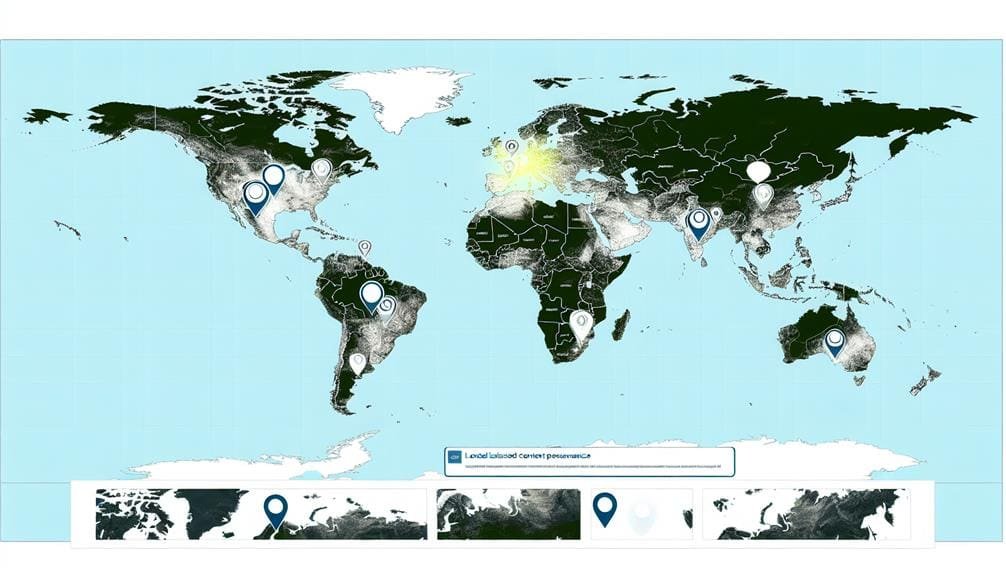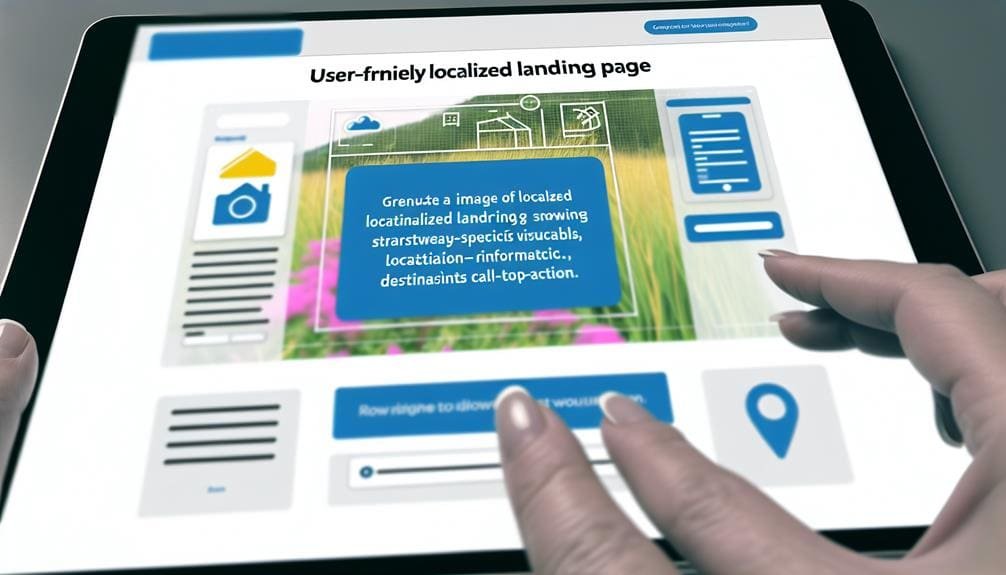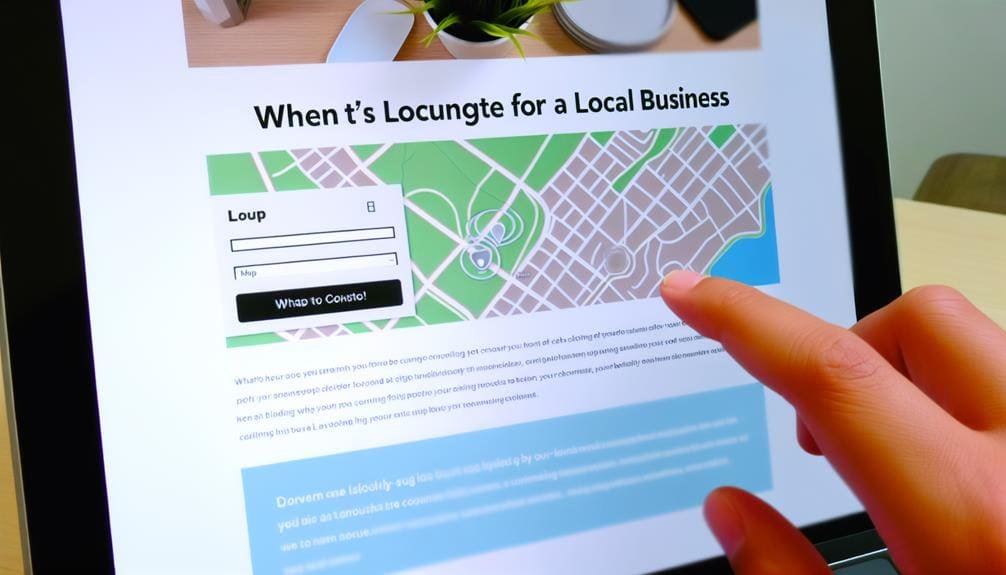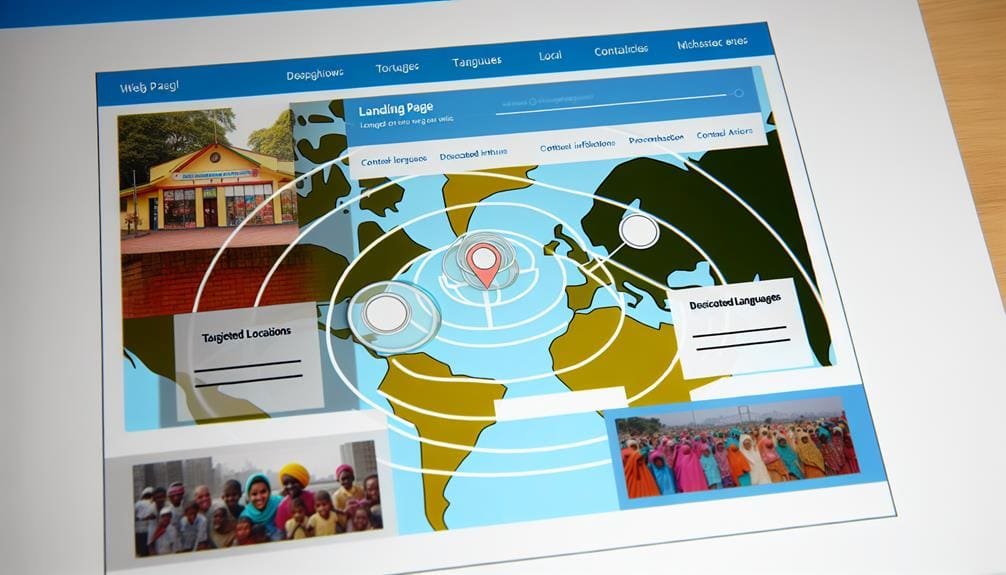Local SEO Landing Pages
Why Choose SEO Services for Geo-Targeted Success?
April 18, 2024 | by Jacob Cavazos
Creating Geo-Targeted Landing Pages: Essential Tips
March 18, 2024 | by Jacob Cavazos
Key UX Elements for Effective Local Landing Pages
March 18, 2024 | by Jacob Cavazos
3 Best Strategies for Geo-Targeted Page Analytics
March 17, 2024 | by Jacob Cavazos
Local SEO: Creating Geo-Targeted Landing Pages
March 8, 2024 | by Jacob Cavazos
Crafting Geo-Targeted Pages for Business Visibility
February 28, 2024 | by Jacob Cavazos
Optimizing Geo-Targeted Landing Pages for SEO Success
February 25, 2024 | by Jacob Cavazos
6 Best Practices: Local Business Geo-Targeted Landing Pages
February 24, 2024 | by Jacob Cavazos
Top Geo-Targeted SEO Landing Page Showcases
February 21, 2024 | by Jacob Cavazos
Local Business Landing Page Expertise Roundup
February 19, 2024 | by Jacob Cavazos
Why Use Geo-targeted CTAs for Better Engagement?
February 9, 2024 | by Jacob Cavazos
Crafting Geo-Targeted Landing Pages for Higher Conversions
February 6, 2024 | by Jacob Cavazos
14 Key Metrics for Geo-Targeted Landing Page Success
January 23, 2024 | by Jacob Cavazos
Why Use Geo-Pages to Attract More Area Visitors?
January 23, 2024 | by Jacob Cavazos
Mastering Geo-Targeted SEO: A Step-by-Step Guide
January 21, 2024 | by Jacob Cavazos
3 Key Strategies for Geo-Targeting Success
January 20, 2024 | by Jacob Cavazos
Top 10 Multi-Location Landing Page Strategies
January 19, 2024 | by Jacob Cavazos
14 Key Tactics for Geo-Targeted Landing Page SEO
January 18, 2024 | by Jacob Cavazos
15 Key Strategies for Local Landing Page SEO
January 13, 2024 | by Jacob Cavazos
10 Tips for Geo-Targeted SEO Landing Pages
January 12, 2024 | by Jacob Cavazos
Optimize Your Geo-Targeted Pages With Smart Keyword Tactics
January 11, 2024 | by Jacob Cavazos
3 Key Geo-targeted Landing Page Design Strategies
January 5, 2024 | by Jacob Cavazos
Top 9 Strategies for Geo-Targeted Landing Page Success
January 2, 2024 | by Jacob Cavazos























